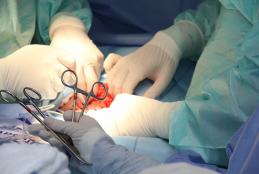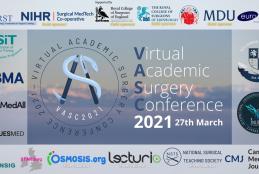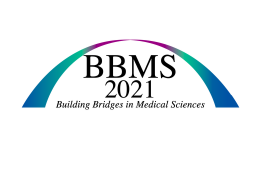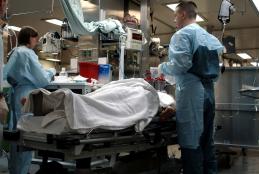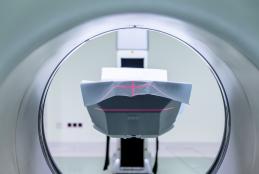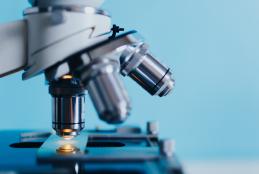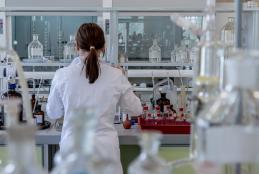Jun
18
2021
0
COVID-19 and Liver Transplants are mutually exclusive – Fact or Fiction?
COVID-19 has fundamentally altered clinical practices and guidelines. This also applies to liver transplantation. In the UK, liver transplant activity has dramatically decreased during the early months of the pandemic. The traditional logic dictates that transplantation-related immunosuppression increases the risk of COVID-19 infection and entails sub-par clinical outcomes. However, theories remain theories without clinical evidence. This article examines whether such concerns justify reducing liver transplant activity.

